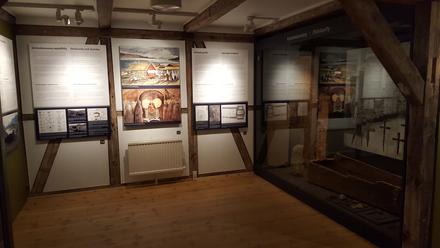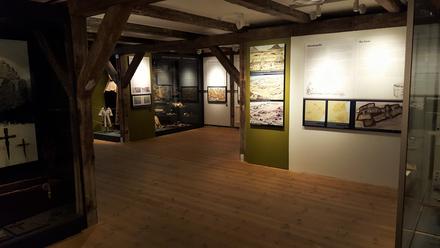

Arctic peasants - Norse Greenlanders
Greenland’s Norse settlements from c. 1000-1450 was the westernmost outpost of Nordic peasant society during the Viking Age and the early medieval Nordic expansion across the islands of the North Atlantic.
Experience Norse life and learn more about the daily life, expeditions, faith and church of its people.
Norse settlement (Landnám) took place in two areas. The eastern settlement was west of Uummannarsuaq (Cape Farewell), whereas the western settlement was in the Nuuk area. The Norse settlement in Greenland lasted from around the end of the 10th century to 1450. With them the settlers brought domestic animals like cattle, horses and dogs, which were part of their everyday life. Archaeological finds show that Norse settlers used wool from their sheep to spin yarn, for example. They also hunted and fished, activities that gradually came to form a central part of their existence. They went on expeditions to hunt walrus, narwhal, polar bears and seals. These were a source of food, but also commodities that were sent to Scandinavia.
The exhibition is full of information on archaeological excavations, like that of a Norse farmstead in permafrost, as well as other subjects including farming, vessels, farmsteads, Christianity and churches, textile production, hunting expeditions, and Happy Leif’s expedition to the land of wine – America.